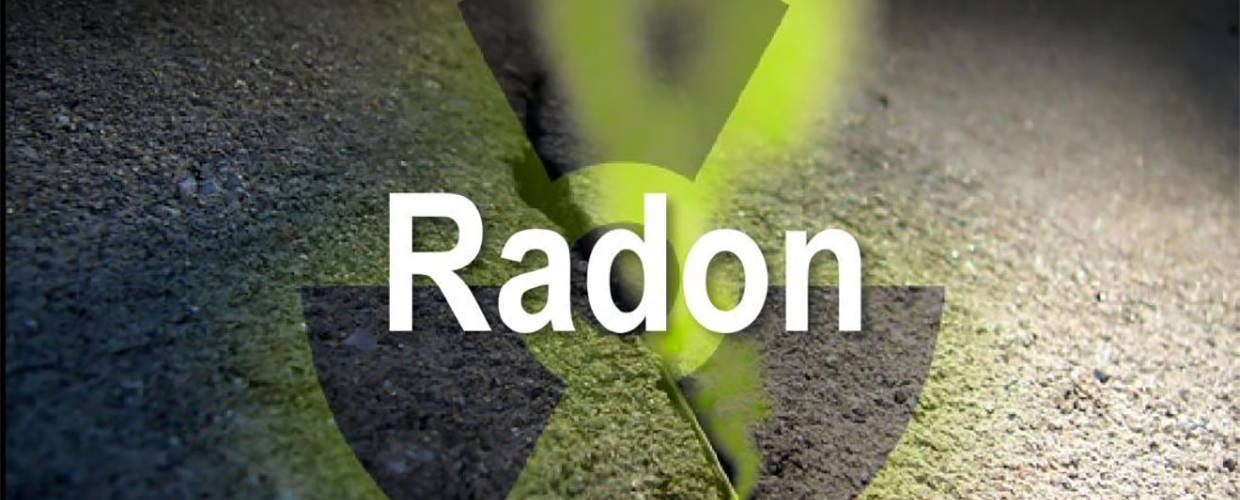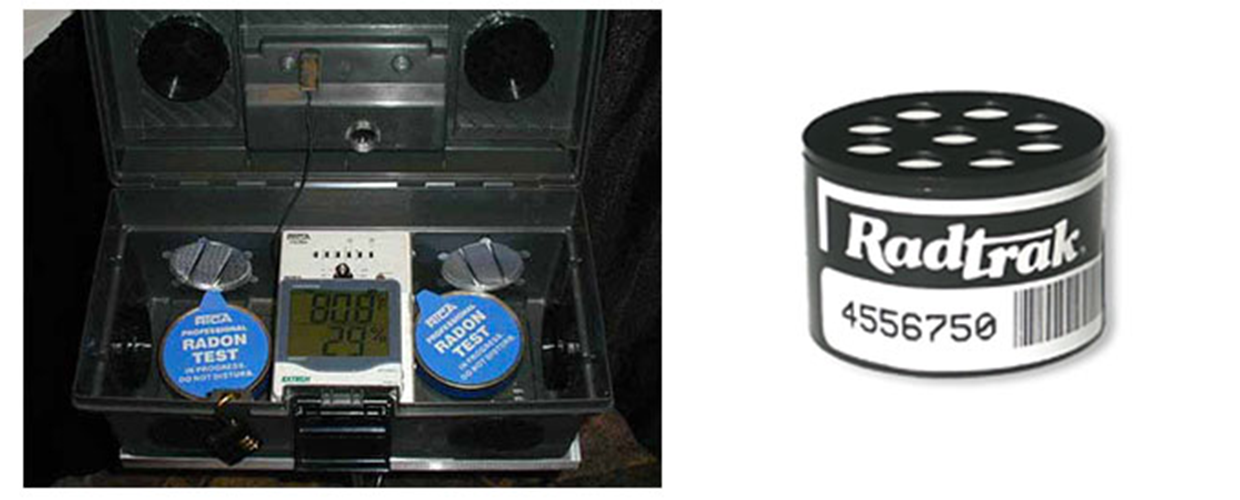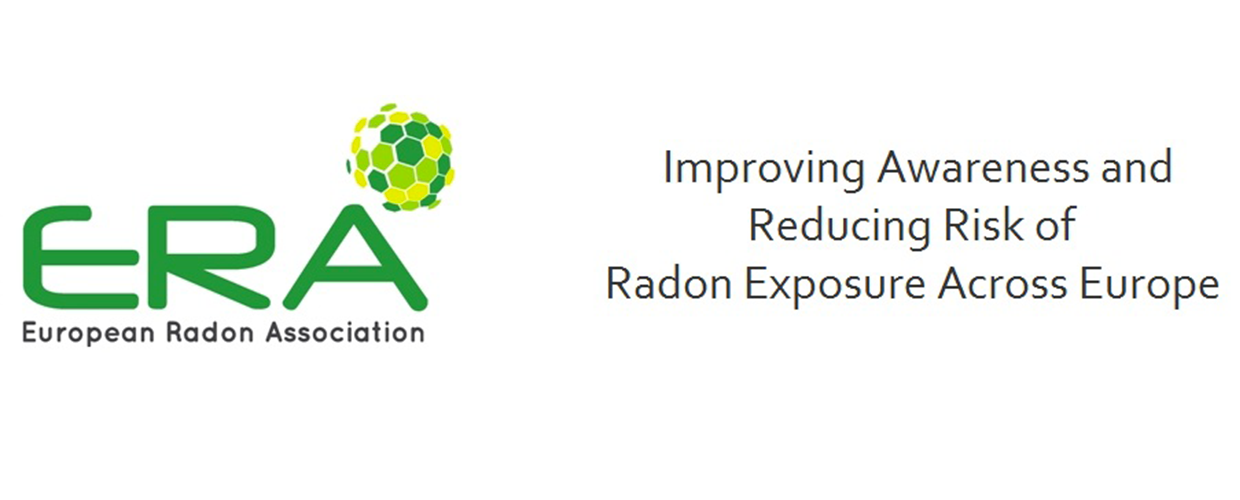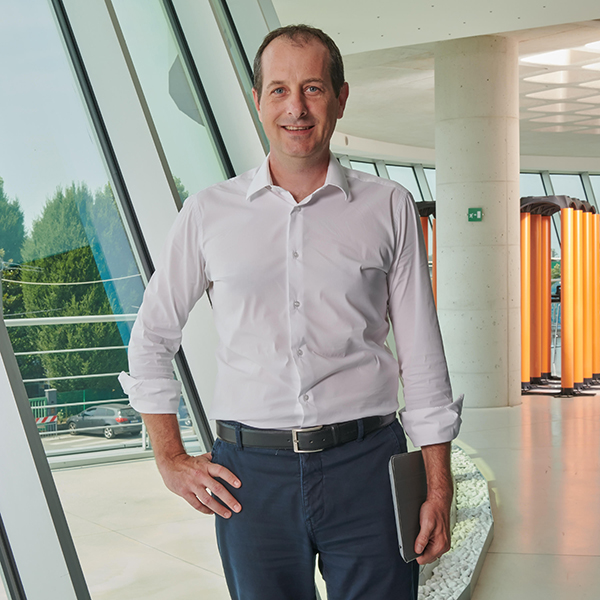3 things architects and engineers should know about Radon
by Nikola Tosic, 10 May 2017

1.New buildings: how can engineers and architects predict radon levels
Testing is the only way to know a building’s radon levels. At present, there are no reliable, easily applied and inexpensive methods that could conclusively identify problem sites and predict if a new building will have high indoor radon levels. There are a lot of factors that cause elevated indoor radon concentration. It is thus impossible correlating the results of radon evaluation tests of soils at a building site with consequent indoor radon levels contained in a building built on that site. The sources of information which can assist architects and engineers determine if radon prevention construction techniques might be needed in a new building are:
-
- National radon potential maps, which identify the areas with the highest radon concentration;
- Radon levels in nearby buildings.
2.Radon tests for existing buildings: short vs long-term measurements
 Short-term and long-term radon measurement devices
Short-term and long-term radon measurement devices
Radon measurements are often discussed in terms of either a short-term or long-term test. Long-term radon tests measure levels for 90 days to one year. Most are based on alpha particle tracking. Short-term tests are activated charcoal-based or electret ion that measures radon levels for two to seven days. Since high radon concentrations commonly occur during periods when homes are “closed up” (i.e. windows closed), a short-term measurement performed during this period, or season, can overestimate the yearly mean radon concentration. Alternatively, a short-term radon measurement performed during a period when the house has increased ventilation (e.g. windows open) can substantially underestimate the mean annual radon concentration. Therefore, in order to assess the annual average radon concentration within a home, a long-term radon measurement is preferred.
3.ERA: a point of reference for European professionals

The European Radon Association is a non-profit International Organisation which gathers several European professionals such as scientists, technologists, public health officials and decision makers working in the radon field. Its objectives are:
-
-
- to promote public awareness of radon risk, radon measurement, radon mitigation and radon preventative techniques;
- to provide an effective partnership between radon professionals in the field and other interested public and private stakeholders;
- to ensure/develop/adopt quality standards in radon measurement, radon mitigation and radon prevention in new constructions.
-
Here you can find out more about Geoplast Modulo for Radon Gas elimination.
